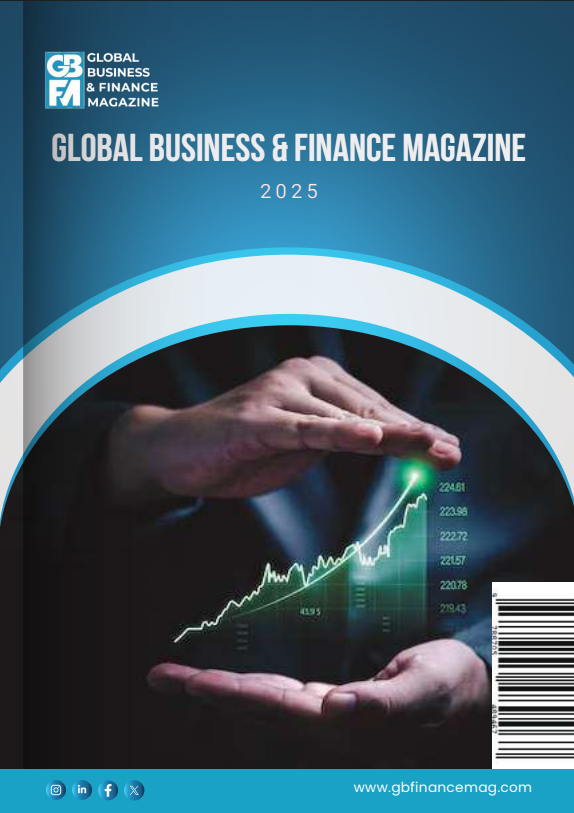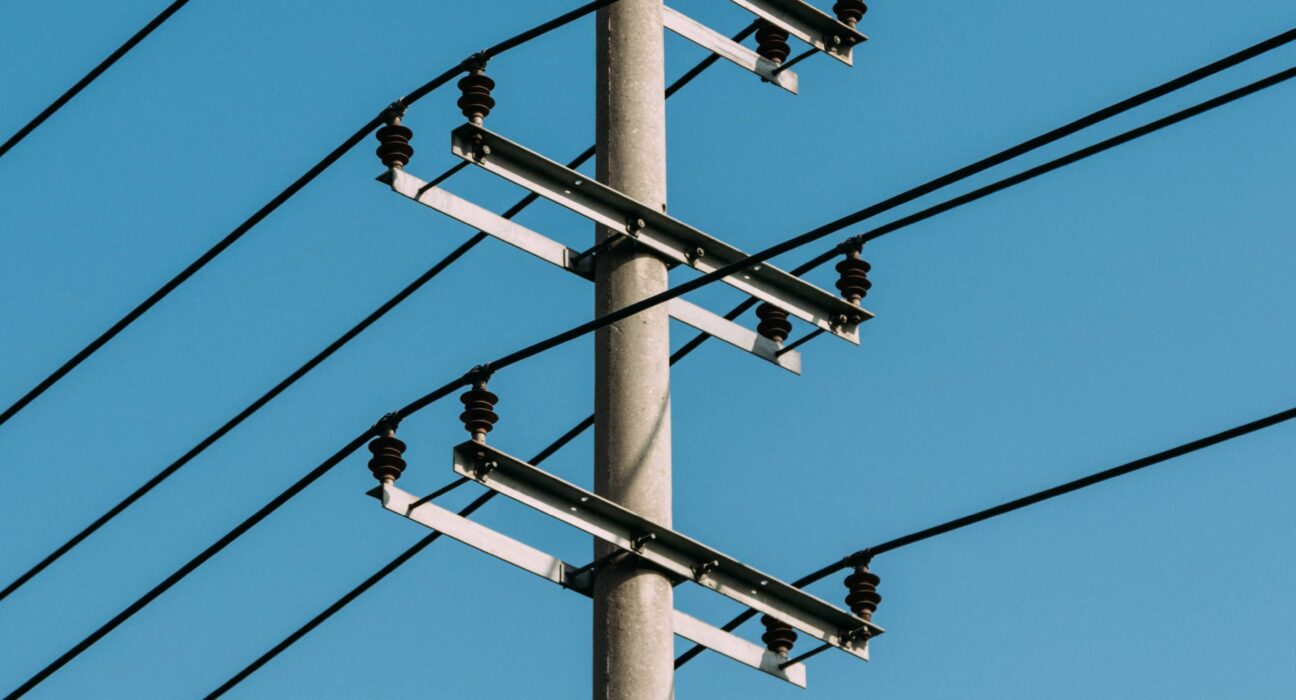The European electricity market remains fragmented into national wholesale markets. Most neighbouring countries are connected by transmission lines, but in most cases this transmission capacity is occasionally congested, resulting in different prices in different markets. In other words, one country might have cheaper generation units available, but these are not running because not enough transmission capacity is available to export. In a neighbouring country, meanwhile, more expensive units are needed to meet demand. This situation is inefficient.
The impact of congestion on national markets is not constant over time. The frequency of congestion and its impact on markets depend on the changing demand-supply balances in connected markets.
With the energy crisis that started in the second half of 2021, congestion in the EU had an increasingly greater impact. To illustrate this, we calculated the value that one additional megawatt (MW) of cross-border capacity would have (for comparison, a modern wind turbine has a generation capacity of about 3 MW to 5 MW). We did this by summing up the hourly arbitrage values (ie the absolute price differential) between two neighbouring markets.
If the hourly electricity wholesale price in France, for example, was €200/MWh while the price in Germany was €150/MWh, a trader with access to 1 MW of transmission capacity in this hour could have made €50 by buying in Germany and selling in France. This arbitrage value differs from hour to hour. Theoretically, over 2022, the owner of one MW of transmission capacity could have made hundreds of thousands of euros by always buying in the cheaper of the two markets and selling in the more expensive. The opportunity for significant arbitrage signals the value of capacity across the borders in question: higher price differences mean transmission is more valuable.
The value of transmission capacity increased sharply in the early stages of the energy crisis. Across the first half of 2021, the value of one MW of transmission capacity at selected borders (see the annex for a list) totalled just short of €30,000 on average – in other words the hourly arbitrage values summed up to this amount over the six-month period. With the energy crisis kicking in, in the second half of 2021 the average value for the whole six-month period jumped to more than €100,000. It peaked in the second half of 2022 at almost €200,000 (Figure 1). Since then, the value has fallen back, but still exceeded €60,000 in the first half of 2023 – markedly higher than the average six-month level before the crisis.
Some cross-border capacities were particularly valuable in the crisis. Over one year rather than six months, Germany’s connections to its neighbours had a value of €300,000/MW on average (Table 1). This shows the lack of sufficient cross-border capacity connecting Germany, a central hub in the continental European network, to many of its neighbours.
Source: Bruegel based on ENTSO-E. Note: the electricity price zone for Germany also covers Luxembourg, hence the dual country designation. For Italy, the Italy-North price is one of multiple price zones in the country.
A very large increase in value of capacity was also observed between 2019 and 2022 for the connections around France. While on average for the selected borders, the value of one MW increased by a factor of five, the value for the connections linking France to Belgium, Switzerland and Germany increased six to tenfold. This had to do with the shortfall in French nuclear generation that arose from repair needs that took capacity offline, making it necessary to import electricity into France via lines that were not prepared for this.
To put these values into perspective, we can compare them to the cost of new transmission lines. The 1400 MW NorLink interconnector between Germany and Norway, finalised in 2020, reportedly cost €2 billion, or about €1.4 million per MW 1 . Given the observed price differentials between the countries, its cost will already be covered by early 2024.
This is despite the fact that building new transmission lines is often the most expensive option to increase capacity. Better management of existing transmission assets in the EU, for example through more integration of grid operation between countries or the use of advanced technologies to monitor grid capabilities, can free up significant value at a much lower cost.
The explosion in price differentials after 2021 indicates that Europe has way too little cross-border transmission capacity. This implies higher generation costs, more emissions and less effective deployment of new generation than necessary. Maximising transmission capacity within the current infrastructure and setting incentives to build-out additional power lines will be crucial for a cost-efficient net-zero transition.
Source : Bruegel





